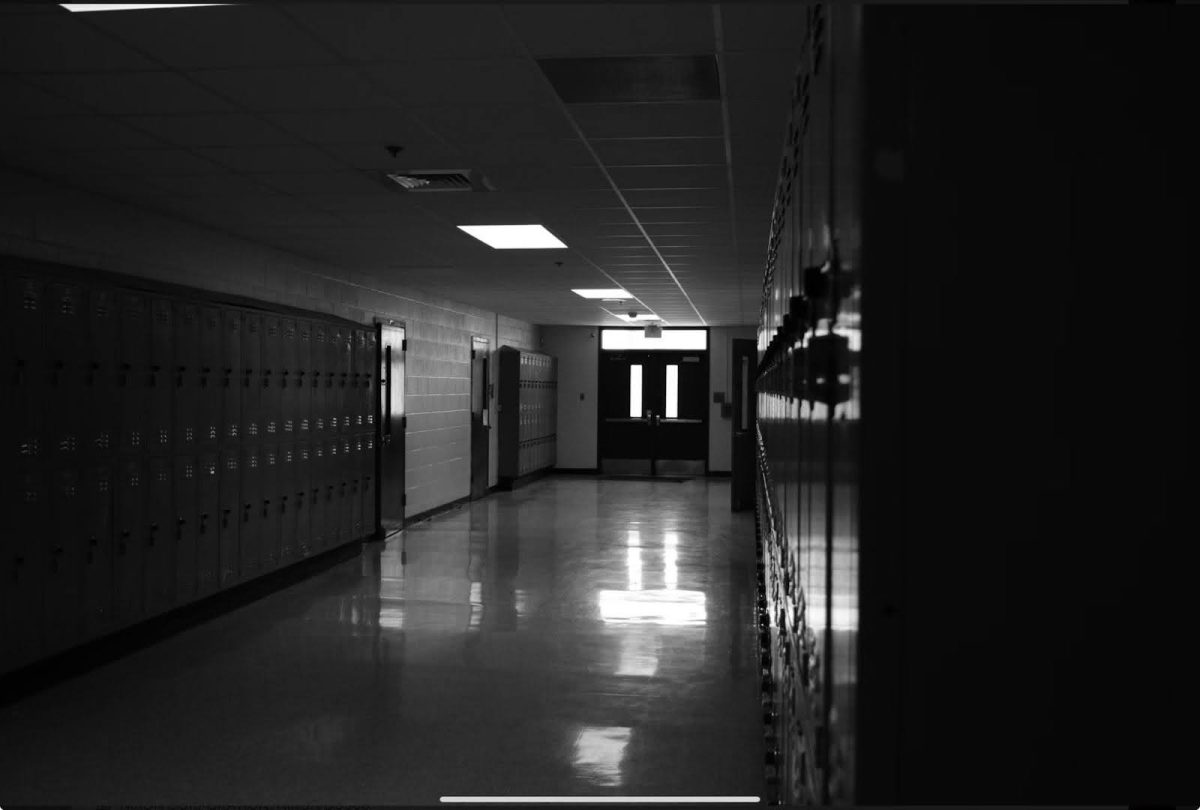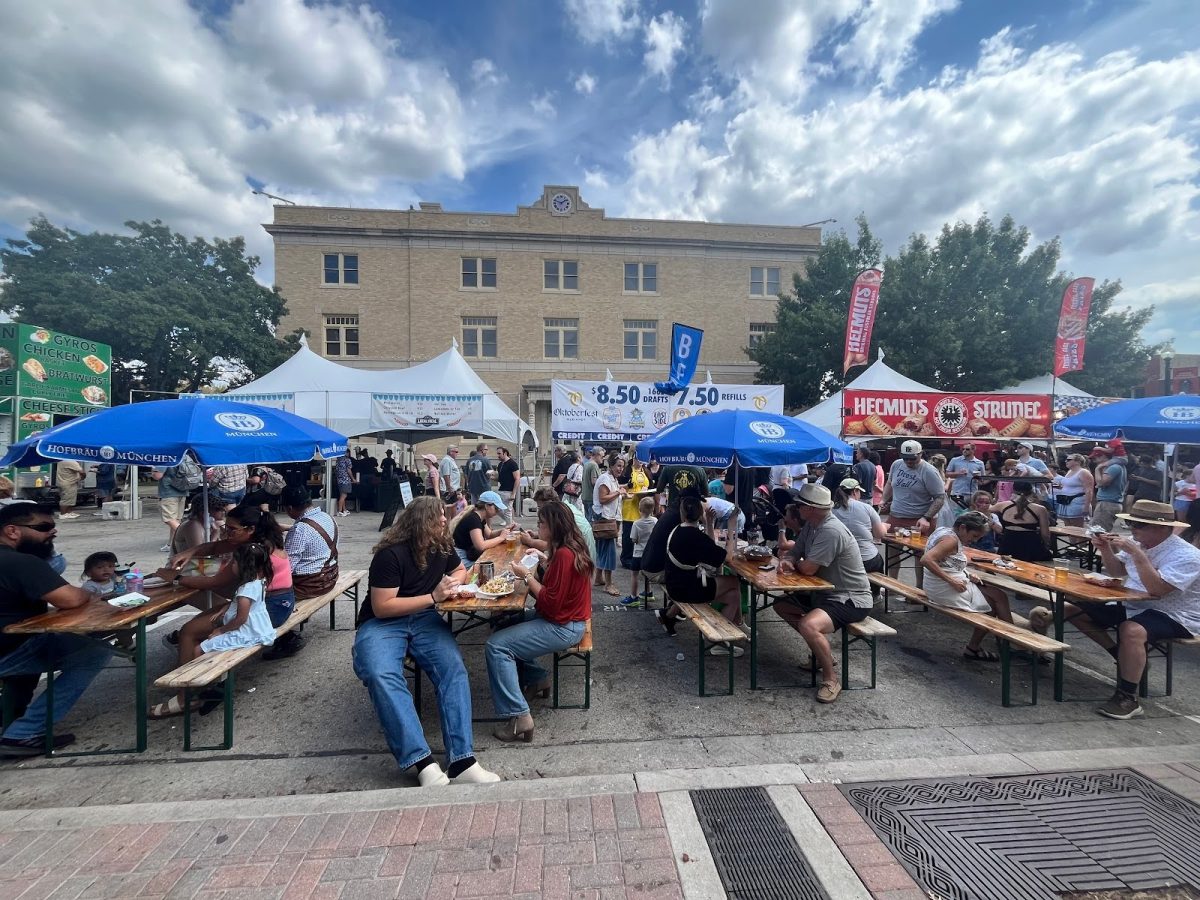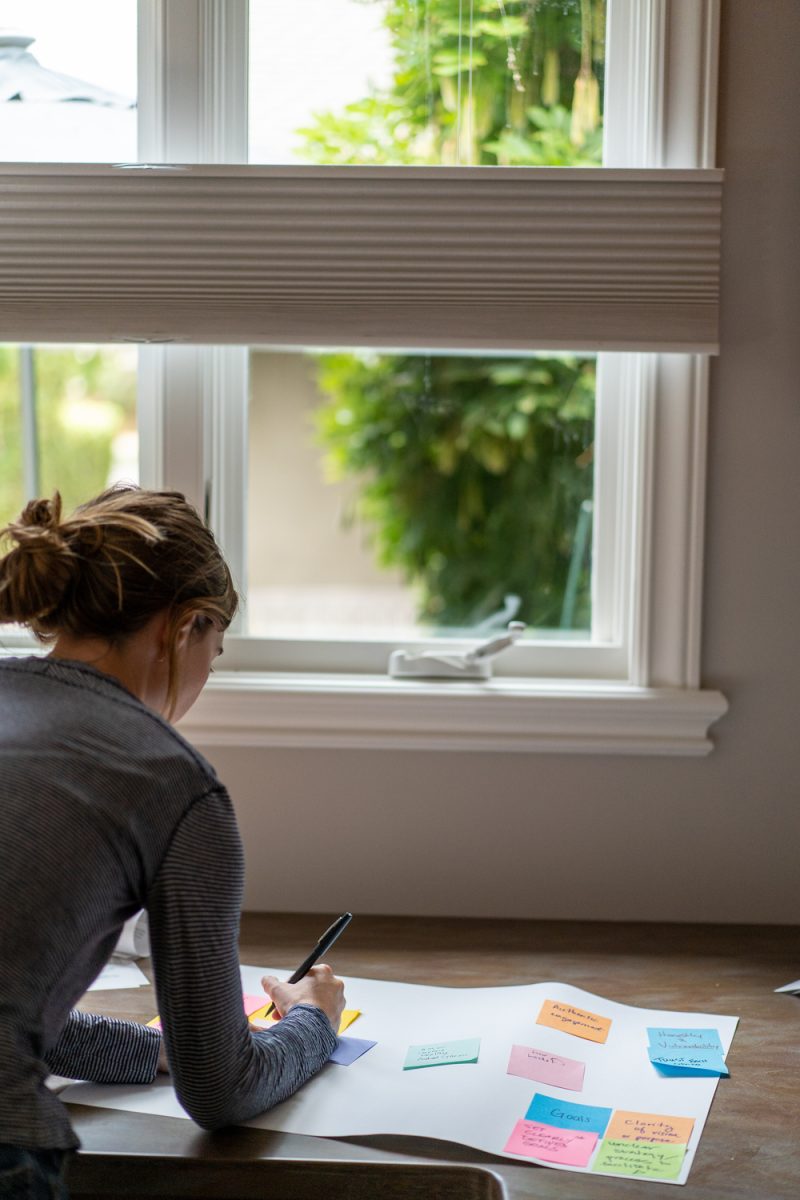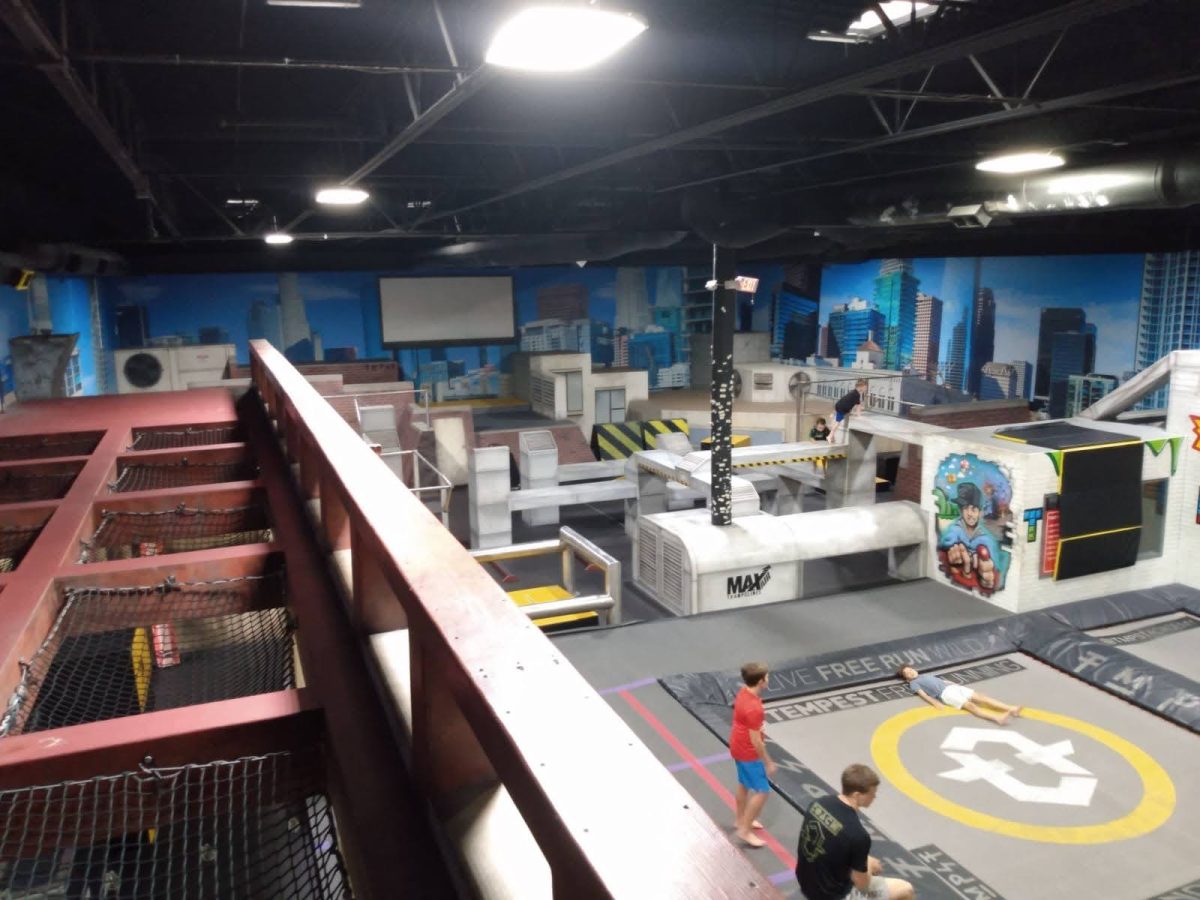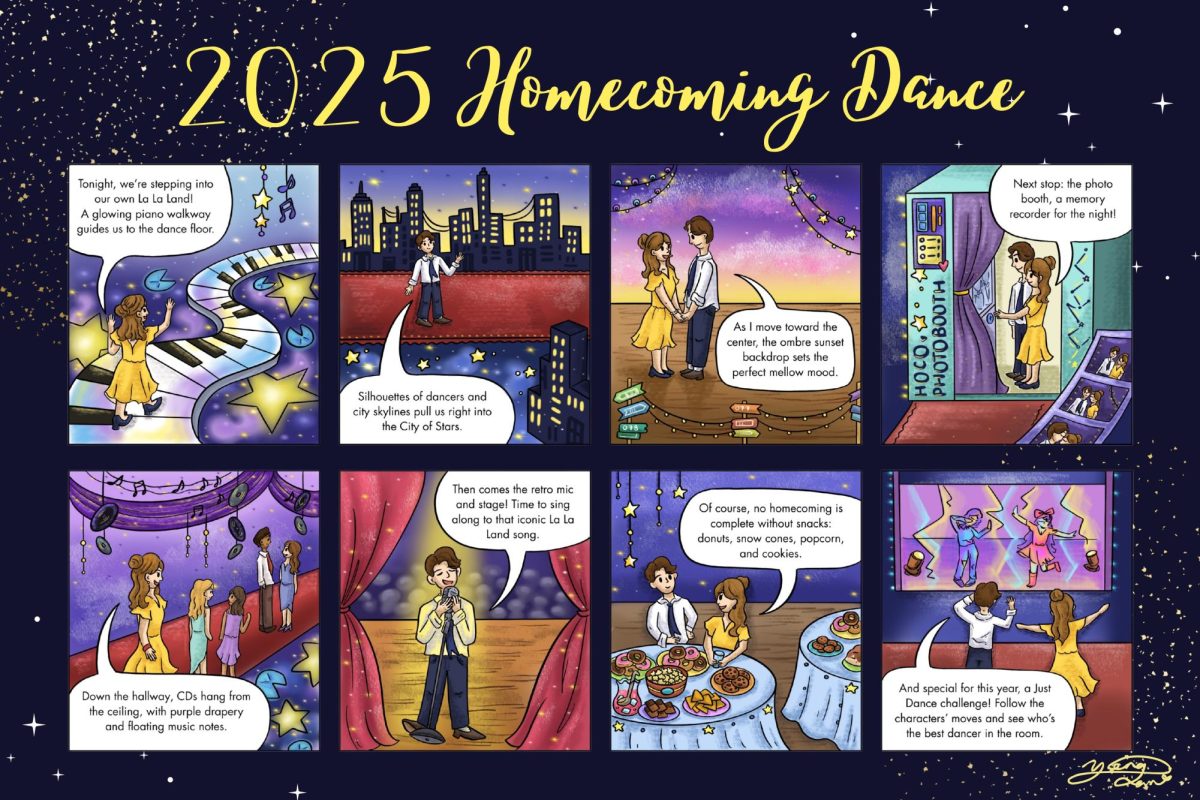Broadway is classically known for its stunning visuals, musical scores and hard-working actors. However, one thing that is commonly overlooked is how the scenic design contributes to the overall enjoyment of the show. Whether simplistic or utterly exaggerated, scenic designers work vigorously to put together a set that reflects the several complicated aspects of the show. It can immerse audiences, tell a story and even invoke emotions.
You may be asking yourself, how did I culminate this qualified list? Well, being a well-invested musical theater lover, I already knew of hundreds of shows. However, to select what I deem as the most qualified set designs for this list, I ranked it based on three categories. 1) How does the show represent the time period? Does the show remove audiences from our post-modern world and indulge them in a new era? 2) How does it maintain its source material integrity while continuing to innovate and expand with new concepts? 3) Lastly, how does the set immerse audiences and contribute to the overall believability of the show? With this in mind, here’s my strategically compiled list of what I believe to be the top five musical theater set designs in Broadway history.
5. “A Chorus Line”
While visually, there isn’t much to look at, I thought it was worthwhile to at least feature it on this list. The entirety of the set consists of a solid white tapeline across the stage, with a wall of mirrors facing the audience. At first glance, it doesn’t seem to be much. However, the lack of a set gives this show the notoriety it deserves.
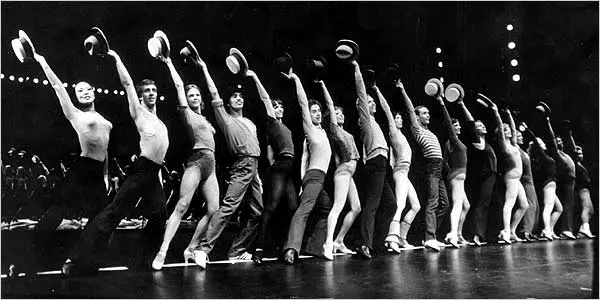
“A Chorus Line” shares real-life stories from the interviews of 17 aspiring Broadway dancers. It highlights themes of identity, hope, and triumph and can best be summarized in its closing number, “What I Did For Love.”
“A Chorus Line’s” set illustrates the thing that actors most fear: The audition room. Spacious, empty, silent and reflective. The set reflects the sense of isolation most actors face when entering an audition, which is translated through its bare stage. One of the unique aspects of its set is the ways in which the actors can fill it. For example, in the opening number, audiences feel the intensity of the audition as several bodies crowd the space in a large dance number. This is contradicted when, in Paul’s solo, an emotional monologue is performed with only him on stage, speaking freely to the audience. The stage provides room for actors to enchant audiences and immerse them in the raw truth of being in an audition room.
Eventually, eight dancers out of the initial 17 were selected to be a part of the chorus. As each of the nine cut-dancers leaves the audition room, there is an overwhelming sense of vulnerability as their spots on stage are left open and empty. “A Chorus Line” serves as a reminder of what the musical theater industry entails, and its set (or lack of set) portrays it in the most authentic way.
4. “Moulin Rouge”
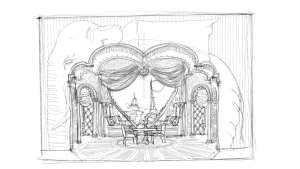
“Welcome to the Moulin Rouge!” You might already be familiar with the early 2000s movie Moulin Rouge, starring Evan McGregor and Nicole Kidman. If you haven’t, you can watch a musical rendition on YouTube! The musical Moulin Rouge takes place in a 1900s French, burlesque windmill club. Although the musical faced critical reviews for its score, Derek McLane’s set design impressed audiences across the nation.
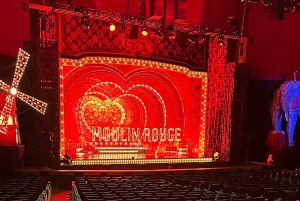
From entering the theater, you are immersed into the red and gold world of the Moulin Rouge: Large red drapes hang from the ceiling, and the proscenium is reshaped into a heart. Unlike any Broadway musical, Moulin Rouge was one of the first to truly explore what an immersive theater could be like. However, what made its set truly spectacular is the way it included almost every detail from the movie. It featured a large red windmill, the iconic elephant and even the L’amour sign in the Paris night sky.’ Its set design initiated the contemporary Broadway design themes we see today—but “Moulin Rouge” will forever be the original.
3. “Bonnie & Clyde”

You might have read the stories of Bonnie and Clyde, but have you heard it in musical form?
In the southern heart of Texas, “Bonnie & Clyde” follows the narratives of young, naive Bonnie Parker and her charming love interest Clyde Barrow, and their uprise as outlaws in pursuit of fame. Frank Wildhorn’s musical adaptation of their love story first debuted on stage in 2009, and its prominent scenic design and innovative technical aspects contributed to the show’s ultimate success.
Bonnie & Clyde’s set reflects what 1930s Texas architecture looked like. In this style of architecture, most residential areas and housing developments were built with wooden-plank foundations. The set demonstrates this through the wooden panels and flooring on the stage. However, one thing that sets this production apart from the others is the way they utilize projections. The early 20th century was popular for its early version of modern-day movies, known as picture shows. In the opening number, “Picture Show,” projections of photos of Bonnie and Clyde are illuminated throughout the theater. Alongside its famous score, the “Bonnie & Clyde” set design and innovation is a staple in Broadway history.
2. “Cabaret” (2024 Revival)
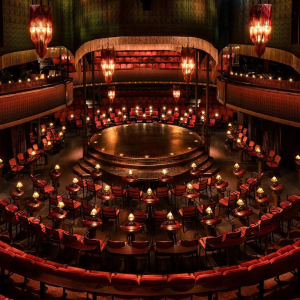
While opening in 1966, the 2024 “Cabaret” revival transports audiences to 1930s Berlin and the Kit Kat Club. The show is narrated by the Emcee, following him as he foreshadows the rising tensions in Nazi Germany, and the growing conflict between American Clifford Bradshaw and Jewish Cabaret Dancer Sally Bowles.
Today, “Cabaret” occupies the August Wilson Theater in New York City and has a reimaged vision. For context, “Cabaret” takes place in … a cabaret! Wow, that is becoming redundant. A cabaret is a small performance venue, similar to a club or a small jazz bar. Set Designer Tom Scutt wanted to immerse audiences into the show, making it feel like they were truly watching a cabaret performance. However, achieving this goal came with a big vision and a bigger budget.
Scutt was given a 9.4 million dollar budget not only to design the production but also to reconstruct the August Wilson Theatre. Scutt wanted to renovate the entirety of the theater, including its large lobby, foyer and restrooms. However, that’s not even where the real show began! After proceeding down a long, dark, neon-lit hallway, audience members enter a theater in the round, fully decorated with rich accents and bistro tables closer to the center stage. The ultimate goal was to represent the club venue and make the concept more digestible to audiences by incorporating modern design elements.
However, the eccentric set design disguises one of the most prominent themes of the show. Behind the bright lights and colorful costumes, Scutt purposefully embellished the set to represent Berlin’s ignorance of the rise of fascism. While audiences walk into such an immersed and exciting show, the set distracts them from the underlying controversy that arises in the musical—mocking the naivety of society.
1. “Natasha, Pierre, and the Great Comet of 1812”
After first glancing at the title, you might be questioning why it has such a long title. Well … I have no answer for you I don’t know either, but I do know that it has one of the best design concepts I’ve ever seen! Rewinding to 1812 Russia, “Great Comet” illustrates the dramatic life of young royalty in Moscow during the Napoleonic Wars. It follows numerous storylines and presents as an immersive opera to audience members. However, what makes “Great Comet” stand out from other Broadway shows is its one-of-a-kind set design.

Unlike any others, Great Comet’s set fully immerses audiences into the show. Initially, the show debuted in a restaurant, where the actors could freely walk around the space without worrying about staying limited to any specific set. Set Designer Mimi Lien wanted to maintain the integrity of audience involvement within the show, thus sparking a three-week construction period. With no set stage, Great Comet’s set is a series of pathways (or “hallways”), with any empty space filled by the audience. It’s genuinely too complex to verbalize the set vision, and Lein says it herself: “I was drawing the ground plan, I just started drawing these curves. Really, I have no idea why. It was pure intuition.”
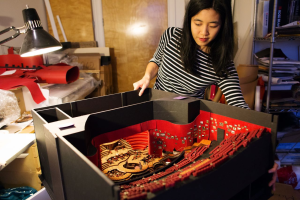
However, Lien’s “intuition” proved to make a resounding design. From the floor to ceiling of the theater, it was fully decorated with large exaggerated drapes aligning the walls and empty gold picture frames to plunge audiences into the opera house. Lien created an entire aesthetic not to necessarily speak “1812 Russia” but to suit the direction of the musical. Similar to A Chorus Line, the set can be interpreted in whatever way the director intends. Although the set never physically changes, the show takes the audience to a new location with each song.
Set designers work vigorously to not only fit the show’s needs but continue to elevate and reinvent the Broadway standard. What’s most remarkable about their designs is that it has the power to transcend audiences into the world of the show and immerse them to the highest degree. Several designs didn’t make it to this list, which still exceeds the standard—these are just my opinions! So next time you see a local community theatre show, when applauding for the actors, remember the work done behind the scenes by our beloved set designers.



